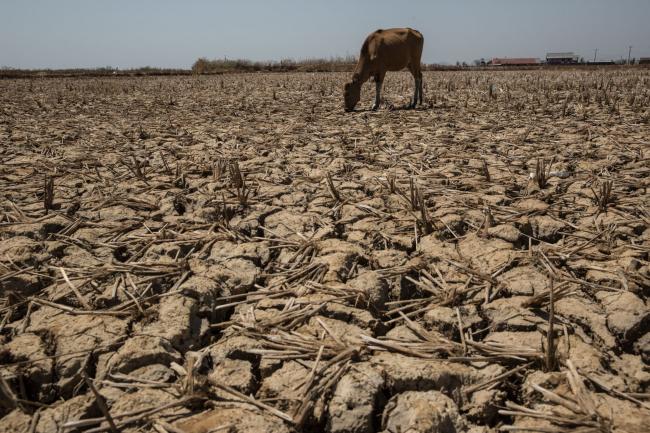(Bloomberg) -- Indonesia’s rice crop is at risk of damage from an unusually long dry weather spell that’s gripped several producing regions, raising prospects of elevated imports for a second year.
The dry weather has parched paddy fields across Java island, the main growing region, and the agriculture ministry sees the harvest failing in more areas than the 20,000 hectares already reported, according to Edy Purnawan, director of crop protection at the ministry.
With some regions going without rain for more than 60 days, the nation’s weather forecaster has warned the archipelago may be under the impact of a weak El Nino. The drought has prompted President Joko Widodo to order steps to mitigate the impact and consider artificial rain as an option.
Indonesia is preparing aircraft loaded with chemicals for cloud seeding, a type of weather modification that aims to change the amount of rainfall from the clouds.
While there may be no impact from the drought on palm oil and rubber, the weather agency has warned of forest fires developing in Sumatra and Kalimantan, the country’s main growing regions of these commodities, Purnawan said. Paper producer Asia Pulp & Paper Co. said it has taken steps to prevent forest fires.
“The drought-impacted areas are increasing and may reach 200,000 hectares, while failed harvest could double to 40,000 hectares by the end of the dry season in October,” Purnawan said.
Stockpiles
While the estimate for the failed harvest is small compared to Indonesia’s total cropped area of about 12 million hectares, a similar crop failure last year forced the government to boost imports to the highest in six years. Ample stockpiles of rice with state-owned Bulog will likely prevent significant additional imports, according to the U.S. Department of Agriculture.
The agriculture ministry plans to minimize the impact of future droughts by planting drought-resistant seeds, Purnawan said. Other food crops such as corn and soybeans were yet to be impacted by the dry weather, he said.
